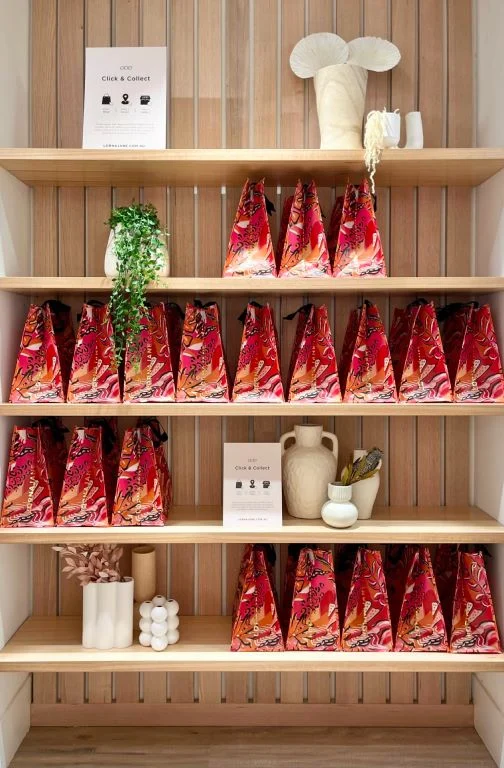At Lorna Jane, we are committed to taking proactive steps towards understanding and mitigating our impact on the climate. Recognising the urgent need to address climate change, we are focusing our efforts on a comprehensive carbon management strategy.

Where We Currently Stand
257,213kg
CO2 Emission Saved
4,990
Equivalent Trees Planted
Last updated: May 2024
Tier 1 Key Commitments
Lorna Jane supplying partner, Active Apparel Group (AAG), has demonstrated a firm commitment to environmental sustainability and emissions reduction.
15%
Reduction in Scope 1 energy use by 1 July 2025
10%
Reduction in air freight as a percentage of total shipped units by the same date
10%
Decrease in water usage across the business maintaining 100% recycling of production waste in the factory
Key Objectives of Our Climate Impact Strategy
At Lorna Jane, we are committed to taking proactive steps towards understanding and mitigating our impact on the climate. Recognising the urgent need to address climate change, we are focusing our efforts on a comprehensive carbon
management strategy.
Key Steps in Our Climate Action Plan:
1. Mapping Carbon Emissions:
Our first step is to conduct a thorough mapping of our carbon emissions Scope 1, 2, and 3. This will include direct emissions from our owned or controlled sources, indirect emissions from the generation of purchased electricity, and other indirect emissions from our supply chain, business travel, and waste disposal.
2. Setting Reduction Targets:
Once we have a clear understanding of our carbon footprint, we will set science-based reduction targets. These targets will guide our efforts in reducing emissions in line with global climate goals. Since we are in the initial stages of this process, specific targets will be developed in the next financial year, ensuring they are both ambitious and achievable.
3. Implementing Reduction Strategies:
With targets in place, we will explore and implement various strategies to reduce our carbon emissions. These may include increasing energy efficiency, switching to renewable energy sources, optimising logistics to reduce travel emissions, and enhancing waste management practices.
By systematically mapping our emissions and setting informed reduction targets, Lorna Jane aims to contribute to global efforts against climate change, ensuring our operations are sustainable and responsible. This initiative is not only about reducing our environmental impact but also about aligning our business practices with our commitment to the planet's health and future.
DISCOVER MORE

Preferred Fibres
At Lorna Jane, we are committed to taking proactive steps towards understanding and mitigating our impact on the climate.
Learn More

Packaging
This is not our first marathon. Lorna Jane has been on the sustainability journey for quite some time.
Learn More

Harmful Chemicals
At Lorna Jane, we prioritise the health and well-being of our planet, workers, and customers by implementing a chemical management practice.
Learn More

Water Management
Water is an essential resource in the fashion industry, impacting various stages from raw material cultivation to textile manufacturing and dyeing.
Learn More








